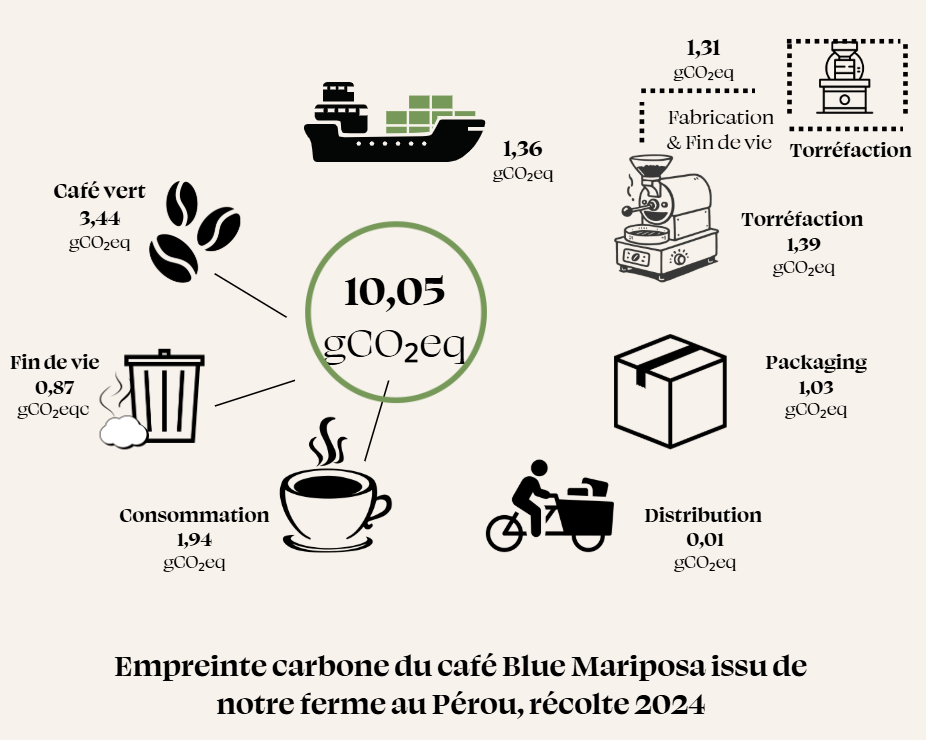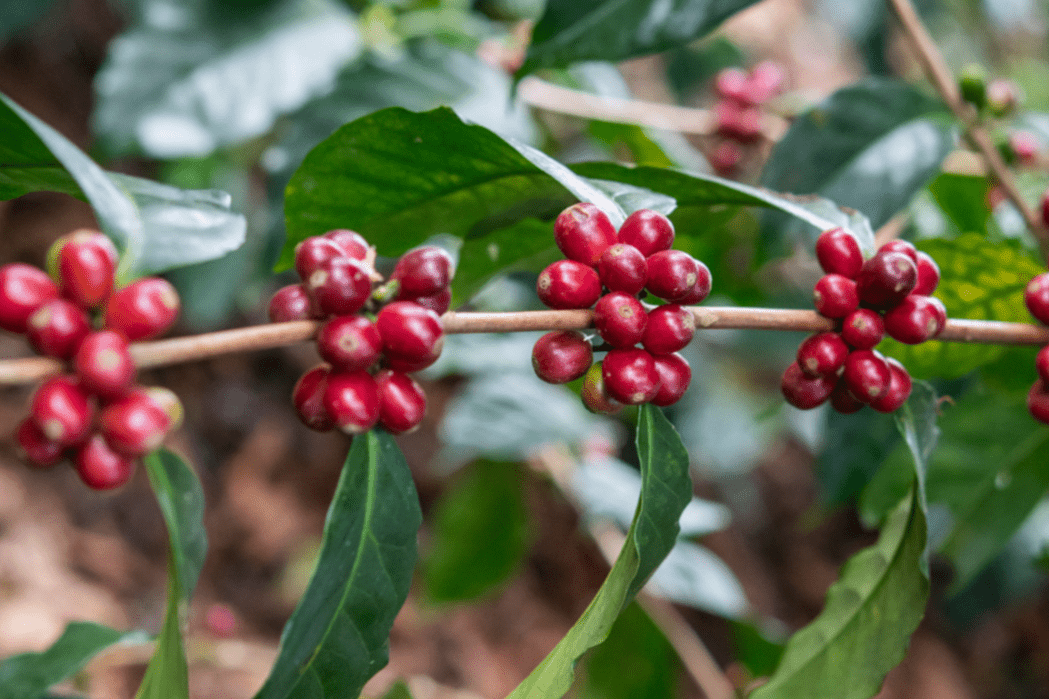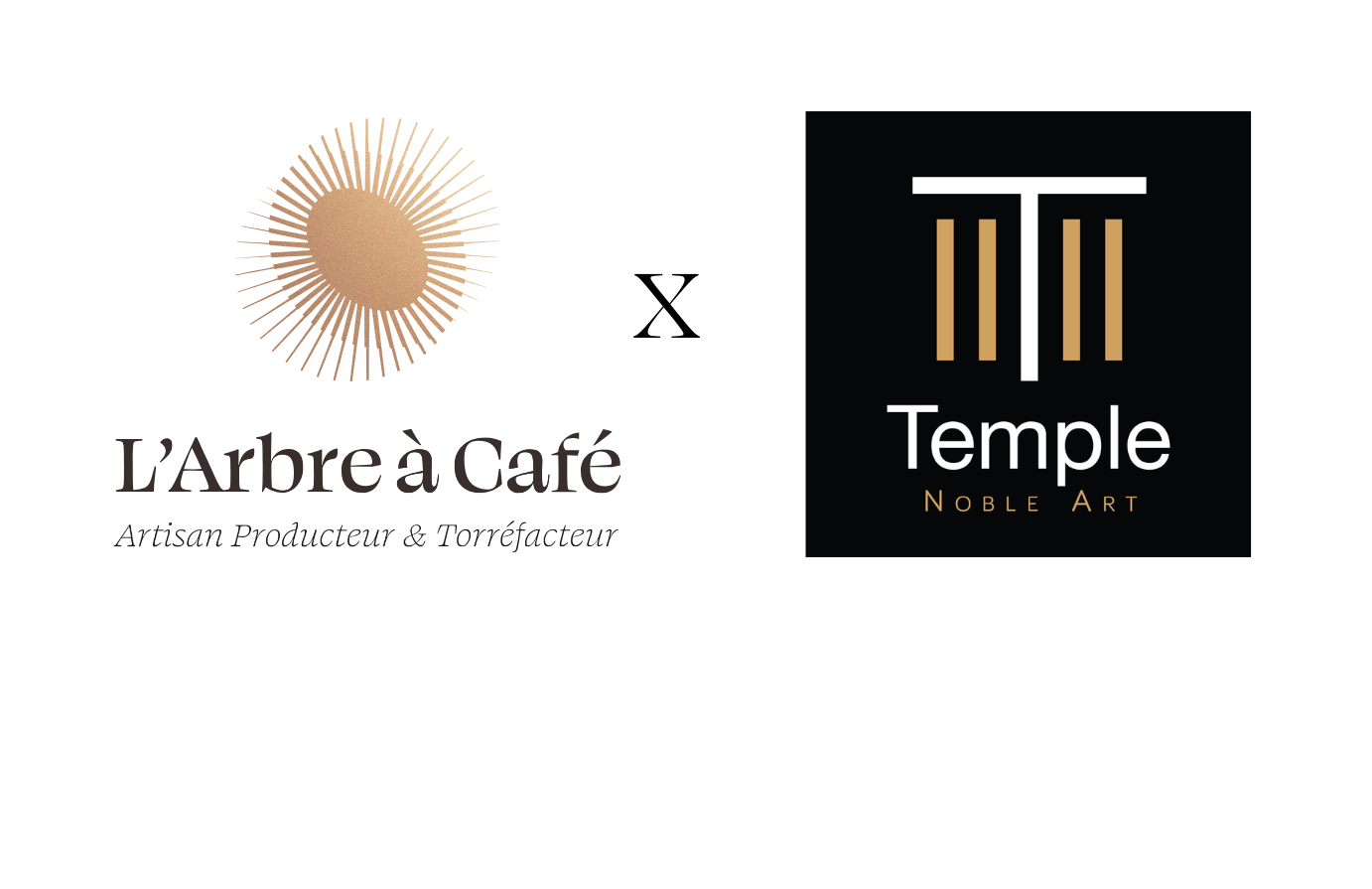The roasting process is the magic of coffee making, the test of fire, the memory of Jupiter's thunderbolt and the cave of Hephaestus. "You don't play with fire." Roasting is the third opus of a work in four stages: cultivation, fermentation, roasting and preparation. It may be essential, but it remains little known and unsafe. Yet the specialty coffee business is very connected.
If it remains in the shadows, it is because it concerns only a few practitioners, who remain cautious as the parameters are numerous. Moreover, it has long been neglected by the craft and scientific literature, except for industrial roasting.
The art of roasting has yet to be written down and synthesized, but few really venture to do so because the variables, conditions and laws are so relative. It is a profession of experience. However, for the last twenty years, artisanal roasting has benefited from numerous transfers from the industry and from an unprecedented depth of knowledge. Techniques and equipment are changing rapidly.
Once again, we are at the beginning of a great story. So let's wait for the roasting bible to come out and cross that firewall to the other side of the mirror.
In this practical guide, we will address the following points:
- What is roasting?
- The main rules of roasting
- The main stages of coffee roasting
- One roast, but many profiles
- What do we roast with?
- The taste and colors of roasted coffee
- Where to find freshly roasted coffee?
1) Coffee roasting, a profession
The test of fire
One of the best pieces of advice I received before starting L'Arbre à Café was from a well-known roaster. I came to him as one goes to the temple to consult a wise man, and asked him about his profession, which I held sacred. He answered with disarming simplicity: "roasting is not very complicated, you just need to have a good eye, which comes very quickly. It's a long way from art, anyone can do it. I don't know why he gave me this answer, but I took it at face value and threw myself into the business!
However, reality caught up with me and quickly changed my mind. I immersed myself in studies, experiences and training. It was the test of fire for me. I will share with you here a little of what I have learned. The art of cooking with a wood fire is becoming more and more elusive. With our induction cookers and our invisible heaters, our fireplaces are becoming artificial.
Fire has always been at the heart of our societies and of our "homes". One only has to wander around the Indian countryside in the evening to feel what fire is, what it means to live illuminated by its light, warmed by its heat, following its rhythm, its impermanence. Its crackling, dancing and light give a reassuring warmth, but harbor a potential fire or burn. So we often console ourselves with our Sunday barbecues, which proud men prepare under the admiring gaze of their guests. But all is not lost.
Since the discovery of coffee, the place of fire has never changed in Ethiopian ceremonial. At Bunna Bet, that is to say "in the house of coffee", the mistress of the place roasts the coffee in front of you before serving it.
She welcomes you into her "home" and burns what you will share. In some societies closer to us, the tradition of home roasting has not yet been lost. You can find packages of coffee to roast on the shelves of supermarkets.
Moreover, home roasting, like the barbecue and the plancha, is experiencing a resurgence of interest in the urban areas of industrialized countries. The revival of Micro Roasteries is no stranger to this "return" to the material, to the elements that are expressed in all areas of life.
What is roasting?
To roast is to cook the raw coffee. To bring the coffee from an ambient temperature to more than 200°C and sometimes beyond 230°C, the craftsman uses a machine, the roaster, his senses, his experience, his knowledge and, finally, measuring tools. Roasting is a complex chemical phenomenon combining several transfers (heat, water and mass) and pressure differences. By heating, the water in the coffee beans, which are 10-12% moisture, evaporates.
A flow of water therefore goes from the heart of the grain to the outside. In addition, this heating creates a flow of thermal energy from the outside to the inside of the bean. The roasting process is therefore characterized by a contradictory double flow - triple if we also consider the exchange of gases that take place from the inside to the outside.
These flows circulate through a dense material, the grain. They are slowed down by its structure, in particular the walls of the cells. By passing from the liquid state to the vapor state, the water increases the pressure until it breaks all the cell walls and thus permanently releases all the oils present in the bean. The transformation of the bean during the roasting process is therefore important and violent: it completely changes color, going from green to brown, loses up to 18% of its weight, doubles in volume, becomes less dense, more porous, and alternates between endo and exothermic phases.
The coffee bean undergoes a sort of Big Bang. Finally, the roasting is fast, between 1 minute 30, for the industrial roasts which we will not talk about here because they are too specific, and about fifteen minutes for the artisanal ones.
The main rules of roasting
A few laws seem to govern the kingdom of the roasters:
- la torréfaction ne doit être ni trop longue (< 20 minutes) ni trop courte (> 8 minutes) ;
- la courbe de la température du café prend la forme d’un S ;
- la température du café ne doit jamais décroître ;
- l’augmentation de la température du café doit diminuer au cours de la torréfaction ;
- l’étape cruciale de la torréfaction, le « development time » ou « cœur de cuisson », qui court du premier crack, terme que nous abordons plus loin, à la fin de la torréfaction, doit intervenir à 20-25 % de la cuisson totale ;
- enfin, le refroidissement après la torréfaction doit se faire en un minimum de temps (< 4 minutes). Comme on le voit sur la courbe de torréfaction, lors de sa cuisson, le café passe par plusieurs phases. Les torréfacteurs ont l’habitude de les considérer ainsi car elles correspondent à une série de changements majeurs pour le café. Ils interviennent à chacune de ces étapes : notamment en modulant la température, la puissance de chauffe et la pression interne de la machine
The main stages of coffee roasting
Thermal shock: the green coffee is plunged into the drum of the roaster heated to between 160 and 220 °C. The coffee then undergoes a thermal shock of 150 to 200 °C. The mass of green coffee at room temperature (around 20°C) causes the internal temperature of the roaster to drop for a few minutes until it reaches the lowest point (turning point) around 80-90°C. It is therefore the beans that cool the drum.
Drying: from this low point, the transfer of heat is reversed and the actual cooking begins. The coffee then begins to store heat, which gradually heats the water it contains, which soon evaporates. With the migration of water towards the surface of the bean, the green color of the bean becomes more intense, vegetal aromas of cut grass appear clearly, the ambient humidity increases and the bean starts to grow under the effect of the internal pressure which increases. The drying of the grain is then important and lasts at least until the first crack.
The rise in temperature: drying and cooking of the coffee follow their course and the first compounds are formed under the effect of the Maillard reaction, common to many products. The beans change color from straw yellow to creamy orange and swell. Complex aromas appear: bread, yeast, straw, beer, foie gras, and gases, such as carbon dioxide, are formed and begin to migrate outwards.
Caramelization: from about 170°C, caramelization begins in turn. The sugars are broken down, the grain turns brown and marbled, the production of carbon dioxide increases, and thus the internal pressure, and finally aromas of roasted, grilled, caramel and dried fruit appear.
The aromatic maximum: between 180 and 200 °C, the aromatic maximum is revealed. The grains are then brown, veined with channels, the silver film begins to detach, announcing the first crack.
The first crack: it occurs around 205°C. The grains, which have now lost all their water, suddenly release some of their carbon dioxide. They literally "explode" like popcorn or a chestnut forgotten in the embers. They double in volume, their silver film is definitely blown off, and their central groove widens.
The development time: this is the crucial phase for the roaster, the development phase. In less than three minutes, the beans will become increasingly brown, bulging, opening in the middle and bringing the oils to the surface. The acidity, then the aromas, the body and finally the bitterness develop in almost successive waves. The roaster then decides when to take the coffee out of the drum to stop the roasting process. This can be during, just after or a few minutes after the first crack.
The second crack: occurs around 225°C. It is cellular. The grains, completely dry but still full of oils, see their internal pressure continue to increase because of the heating of oils, which makes the walls of their cells weakened by cooking explode permanently. All the oils are then released and come to burn on the surface. This is what gives these aromas, then dominant, of roasting (vanilla, coffee) and burnt, even charred. Specialty coffee roasters never roast to this point.
Cooling: the beans are finally taken out of the drum and cooled quickly (> 3 to 5 minutes) in a tank where cold air circulates. From a certain volume, the coffee is wet by spraying, as vegetables are iced in the restaurant industry to keep them crunchy and colored.
One roast, but many profiles
Each bean has its own roast. This is called the "roasting profile". To understand its usefulness, one could be inspired by the making of Holy Chrism, which is made of thirty-three compounds. By infusing them all at the same time at the same temperature, we obtain a nauseating mixture. On the other hand, by respecting the temperature and the infusion time of each compound, and by mixing them afterwards, we obtain the cream of the cream, the Saint Chrême. The roaster's job, like that of any roaster, is to find the ideal roast for each of his coffees. A good roaster is a craftsman who masters a technique, has the equipment that allows him to express it, and who has taste qualities and a point of view. He can thus take a raw material that he has selected and transform it to his liking.
To "build" his roasting curves, the artisan will play with different parameters:
- the ratio between the volume or weight roasted and the capacity of the drum;
- the start and end temperatures;
- the heating power and therefore the thermal development;
- the pressure of the drum and the air flow;
- the speed of rotation of the drum;
- the overall roasting time;
- the time of each stage;
- the type of heating or the balance between the types of heating: conduction, convection, radiation.
Playing with the parameters of the roasting process, some tips:
2) What do you roast with?
The roaster, the essential tool
Artisanal roasting has experienced an unprecedented dynamism over the last twenty years. To plagiarize Raoul Glaber, a monk from the year 1000, we could say that "the world is covered with black smoke", that of the micro roasters. Indeed, all over the world, small coffee roasters are opening up, thus breaking with the decline of a profession that seemed inexorable just fifteen years ago. The scientific knowledge of roasting has spread and control tools such as pressure gauges, colorimeters, computer pilots, etc., have become more widespread. The collaborative exchange, a major characteristic of the specialty coffee community, has done the rest. Even those who remain die-hard fans of the 1960s roasters are not neglecting the latest computer and electronic advances.
Since the beginning of the 20th century, or even the middle of the 19th century, the roaster (the machine) has not changed much in its main principles: a drum, into which the green coffee is poured, is heated by a fire. The coffee is cooked by three types of heat transfer: conduction (contact with the steel of the drum heated directly by the flame), convection (the heated air inside) and radiation (the heat it emits itself). The roaster can use three types of energy: gas (butane or propane), which is preferred by professionals because of its precision and flexibility, wood, which has become rare, or electricity, which is dominant among small roasters.
If the quality of the steel has improved over time, it is above all the management of energy and the transfer of heat from the machine to the beans that has undergone numerous improvements. By burning the coffee directly with a flame that licks the beans in the drum, the first roasters favored conduction. It is a bit like cooking with a blowtorch, it seizes well but cooks poorly.
By heating the grain not directly but through the walls of the drum, conduction is also promoted, but by mediating it. This is the system of the plancha in cooking. This allows you to sear your meat, to develop the sweetness, but not to cook it to the point of perfection. Finally, by heating not the drum but the air, you proceed as in an oven with revolving heat. The cooking is less aggressive and more homogeneous. The location, size and type of burner are therefore of fundamental importance. In the past, the burner was placed under the drum and licked the drum with its flames. This resulted in a very heterogeneous heating. The burner was therefore moved away from the drum. The flames were no longer in direct contact with it, but continued to overheat it in a very localized manner. So, instead of a single burner, the heating ramps running all along the drum appeared. There were one or more of them, they could be moved closer or further away from the drum.
To promote convection, the burner was placed at a distance from the drum, often next to it, but in a separate chamber, in order to heat the air uniformly and not the drum. Finally, the inner blades of the drums that stir the grains and ensure even cooking have also been greatly improved. In the same way, the quality of the flame produced by the air-gas exchange is now the focus of manufacturers' attention. We have all experienced the difference in efficiency between a blue flame (low oxygen) and a yellow flame (high oxygen). Today, the whole of this technical panel exists and depends on the only choice of the craftsman, who often grants the type of heating and the quality of his material to his segment of activity.
We roast green coffee
The roaster's equipment and science would be useless if the raw material were not good and known. It is often forgotten that green coffee is roasted. This is where it all starts. Depending on their variety, their soil and their post-harvest treatment, coffee beans do not have the same characteristics. They therefore react differently: an Ethiopian coffee will not withstand a long roasting time, while a coffee from Indonesia will need a long development to release all its qualities.
In order to know how to roast them, it is necessary to know them and to analyze the points presented in the table on the next page. By crossing all the parameters, referring to his own experiences and the culture of the house, the craftsman will be able to deduce roasting profiles that best enhance the characteristics of the bean, whether it is an Antigua from Guatemala or a red Bourbon from Rwanda. The art of blending, when it is carried out at the roasting stage, is above all that of creating a harmonious and coherent blend of beans that can cook together.
We roast with the senses
Roasting remains an extremely sensory and even sensual craft. Even before roasting, as we have seen, the roaster meets the green coffee through his senses. It is very important that he smells, touches and tastes the coffee beans that he will roast. He will thus gather a sum of precious information: from the aromas to the cleanliness of his raw material. During the roasting process, he will rely on the software and instruments at his disposal, but will decide thanks to the acuity of his senses. He listens to the reaction of the coffee to the heat and particularly at the moment of the first crack. The oils rise, sometimes noisily, sometimes silently and gently. The craftsman smells to understand the stages of development through which the beans pass and to know the full aromatic complexity of his coffee.
Thus, several major organoleptic stages follow one another: the vegetal phase where the coffee's aromas are most expressed, when the internal humidity has risen to the surface and vaporizes the aromas. We then dive into the notes of peas, beans, bell pepper, cucumber, tarragon and cut grass. Then come the aromas of hay, then those related to bread making: brioche, bread, yeast.
The coffee is then deeply transformed and is between raw and cooked. Before the first crack, the caramel aromas are expressed. This is the point, so fleeting, where all the aromas of the cooked and the raw are expressed.
Afterwards, floral notes assert themselves, then fruity, and finally chocolate. As we continue, we will perceive heavier nuances of roasting: carbon, rubber, etc. Tasting is also essential and requires a bit of technique, especially to catch the beans at nearly 200°C and crunch them without burning yourself.
This stage allows us to understand the tastes that develop in the beans, but also the evolution of the structure of the beans, which goes from hard to soft and then back to crunchy. Sight is the most used sense of control, because it is with the eye that the craftsman decides to take the coffee out of the roaster to end the cooking process.
During the cracking process, he observes the stages and rhythms of the coffee's development, from which he draws information that will be useful for the next batch. After the crack, the artisan decides to take the coffee out when the beans have reached a certain color. He uses typical samples and the most natural light spectrum possible.
Once the coffee has cooled down, comes one of the favorite moments, often forbidden for safety reasons: plunging your hand into the beans just out of the machine. You touch them, grab them, bring them to your nose and mouth, and feel them. The porosity, the fat and the new density are then controlled, without burning yourself.
3) The taste of roasting
The taste and colors of roasted coffee
If we roast coffee, it is to reveal all its aromas. Roasting coffee, like roasting pine nuts or hazelnuts, brings out the oils and develops volatile and non-volatile compounds. Thus, in coffee, nearly 700 volatile compounds are created and more than 1,000 if we consider them in total. However, it is estimated that the most powerful aromatic markers of coffee are only 25 and that they represent barely 1 g per kilogram.
Strength does not necessarily come from numbers. Although roasting gives coffee its taste, for a long time people confused "coffee taste" with "roasting taste".
However, this must be a means and not an end. That is why burnt aromas should definitely be considered as defects. Roasting is cultural. It varies according to place and time.
This is probably why the cooking stages are named after cities or countries. Thus, there is Nordic, French, Italian and Vienna Roast.
In France, tradition calls for analogy instead. Traditional roasting seeks the color "monk's robe", in reference to the cloth of the Franciscans, which would correspond to the color City +. These names give information on the final color taken by the grain. This is considered to be one of the essential indicators of the development of the roasted bean and therefore of its expression in the cup.
It is measured with instruments, the colorimeters, and according to different scales ranging from 1 to 100. But beware, the color does not say everything. Two different roasting profiles can result in the same bean color, yet the taste will be different. So we look at the color of the beans and the color of the ground coffee. In the following table, you will find some tips to choose your coffee based on the colors.
The temptation to establish an "official" roasting profile for each coffee is great and sometimes crosses the minds of some.
However, every profile is relative to the material, the conditions and the artisan. The roaster's daily requirement is therefore meliorative and repetitive: to follow these profiles, to take measurements, to taste the coffee to understand the effects of each of the parameters, to roast again, modifying one parameter at a time, if necessary.
Roasting, by the contact it forces between man, fire and matter, is more a way than a truth.
The uncertain language of colors: to each roasting color its personality:
4 ) Where to find freshly roasted coffee?
These few lines have surely made you want to taste a good coffee! Come and discover our roasted coffees, available in beans and ground coffee, in our coffee shops in Paris. You can also buy your coffee online, delivered to your home in 3 clicks and packaged in 100% hermetic bags to protect all the aromas.



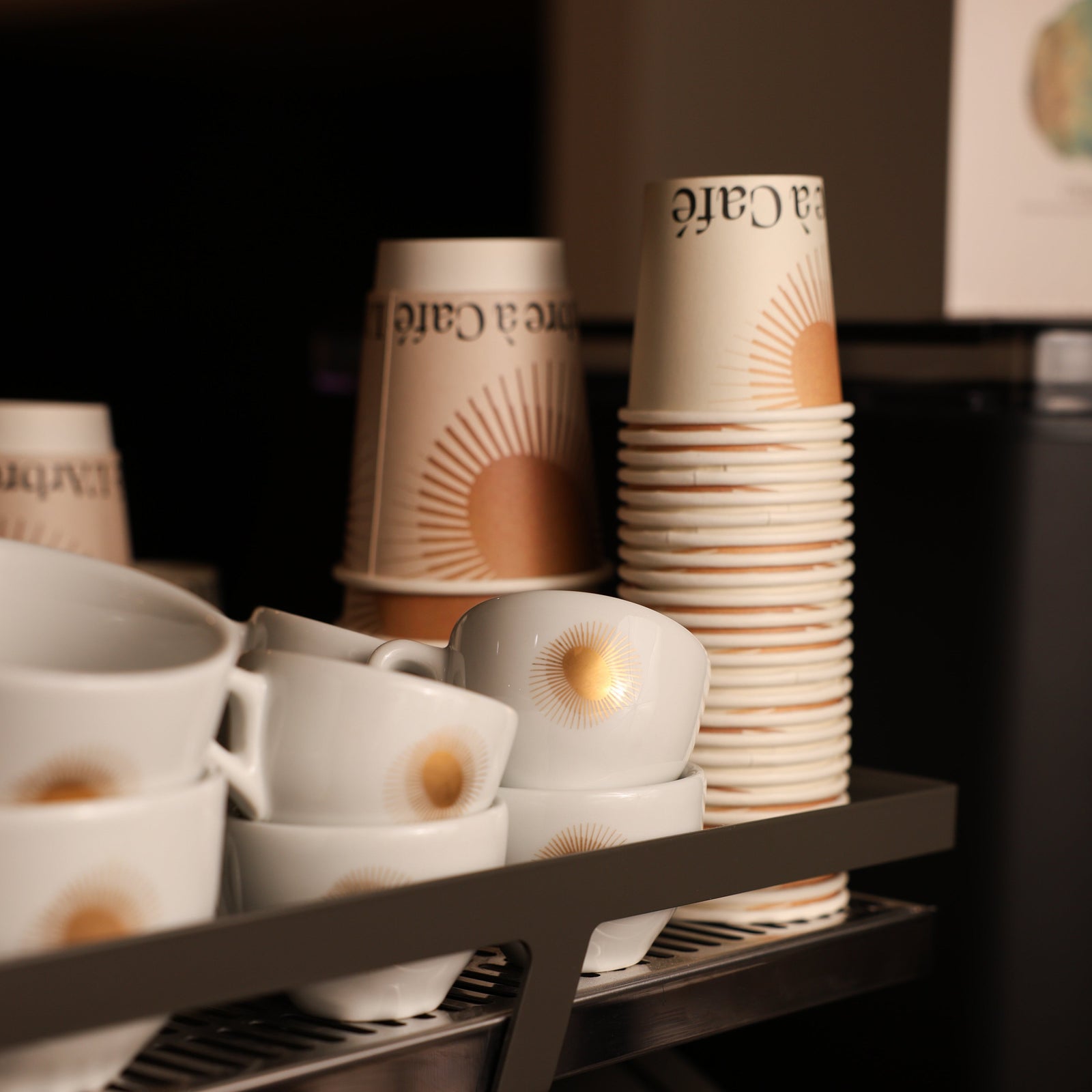
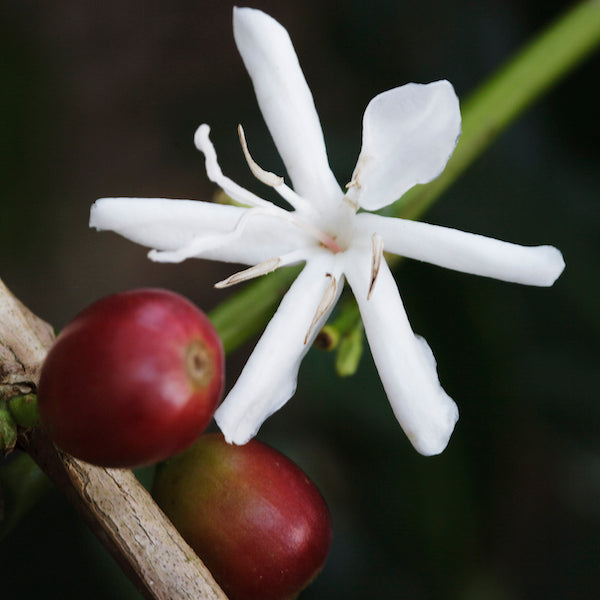
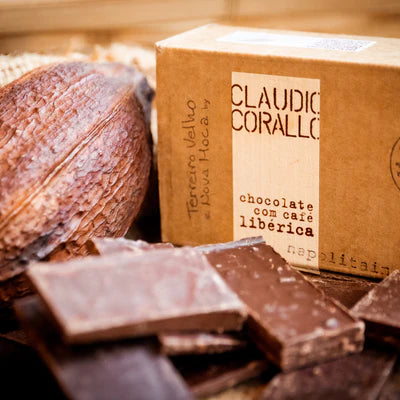
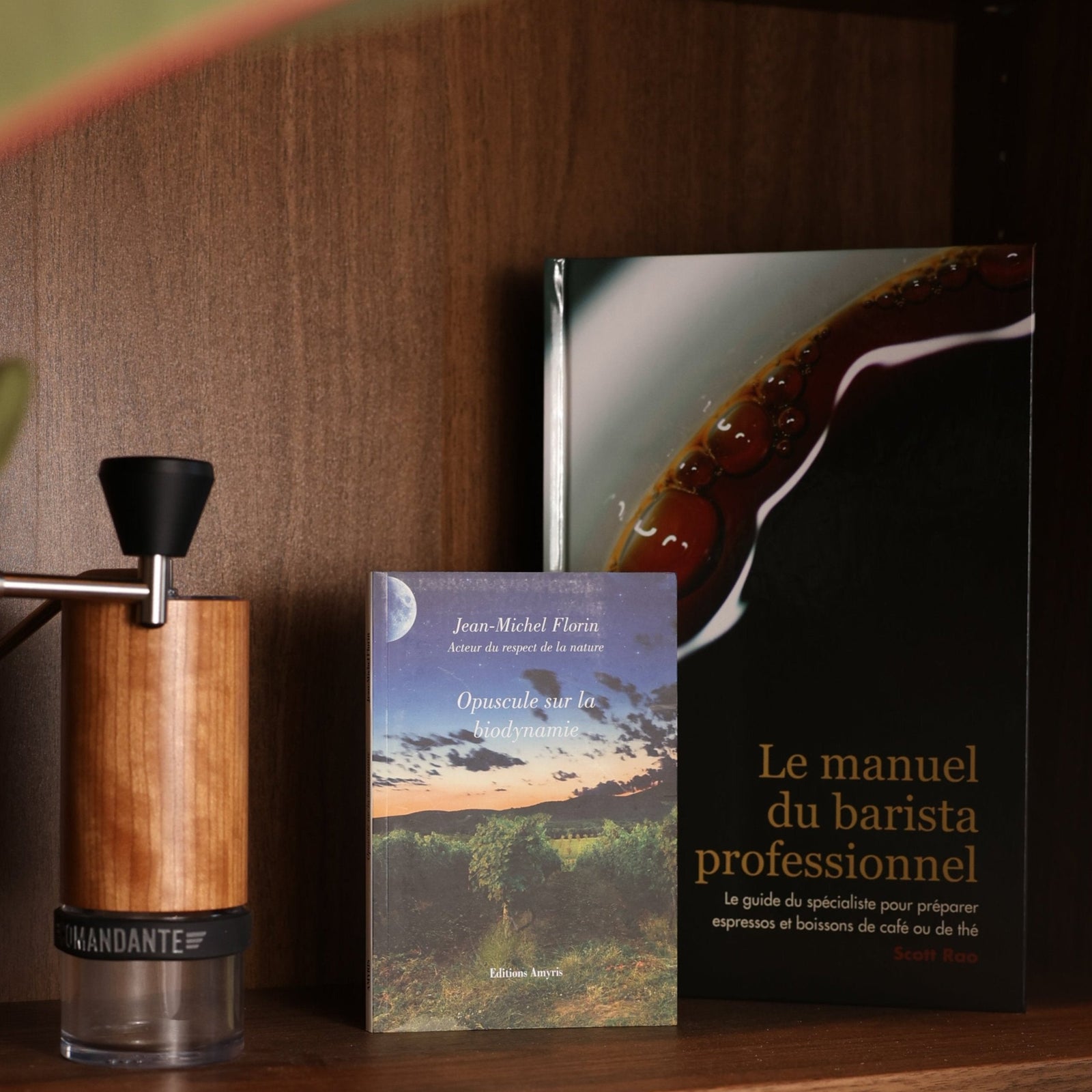

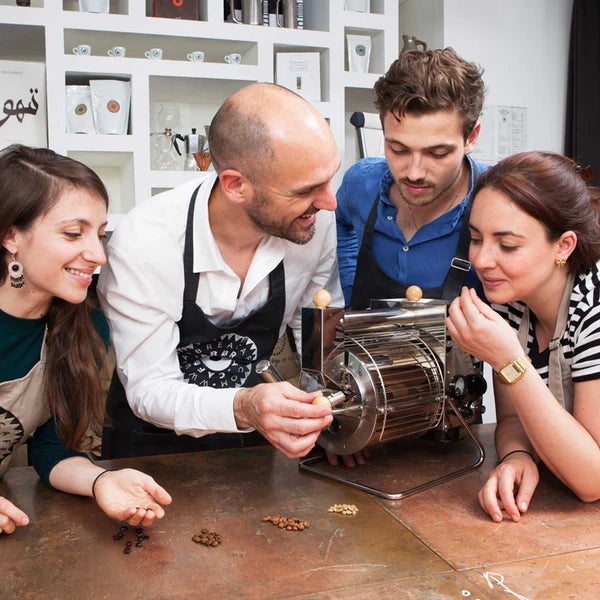
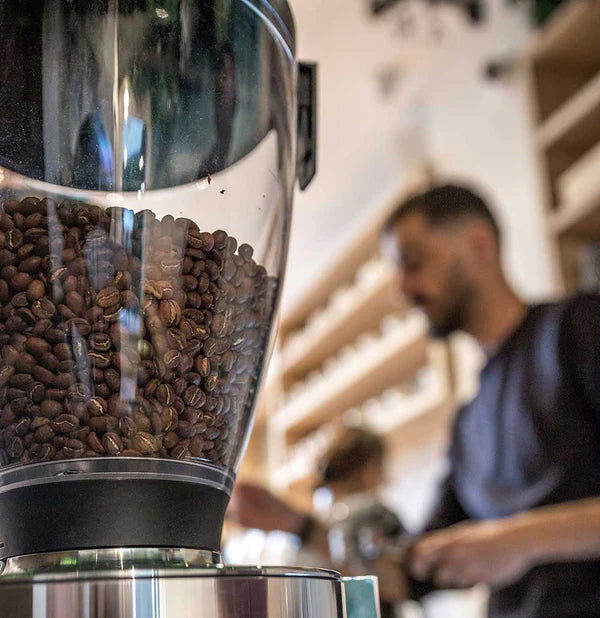
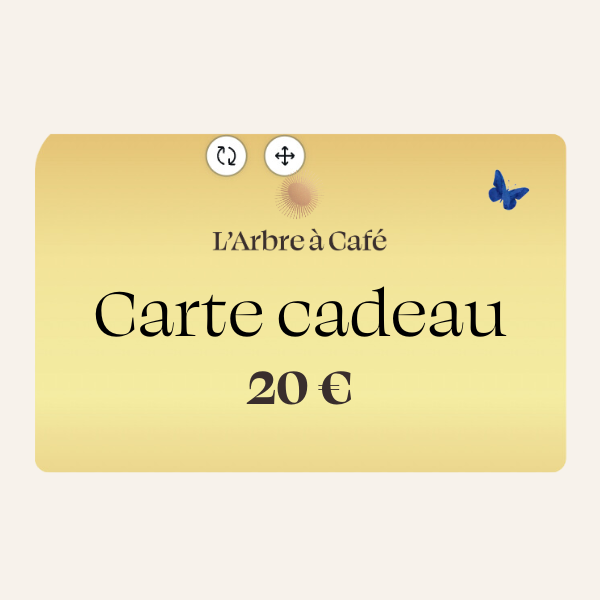
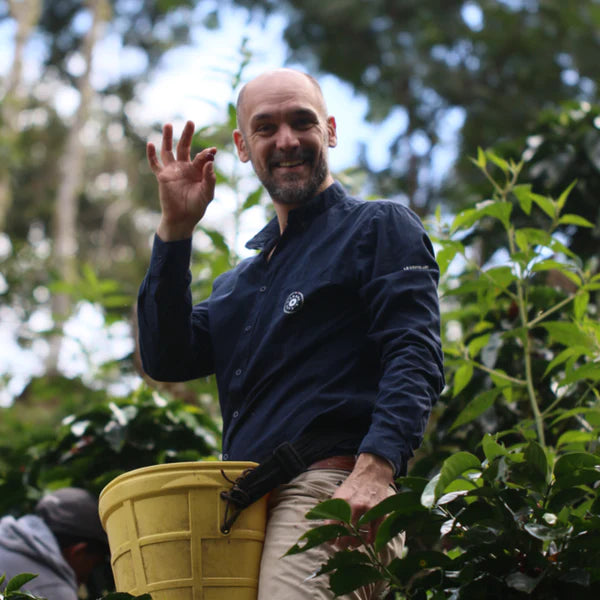
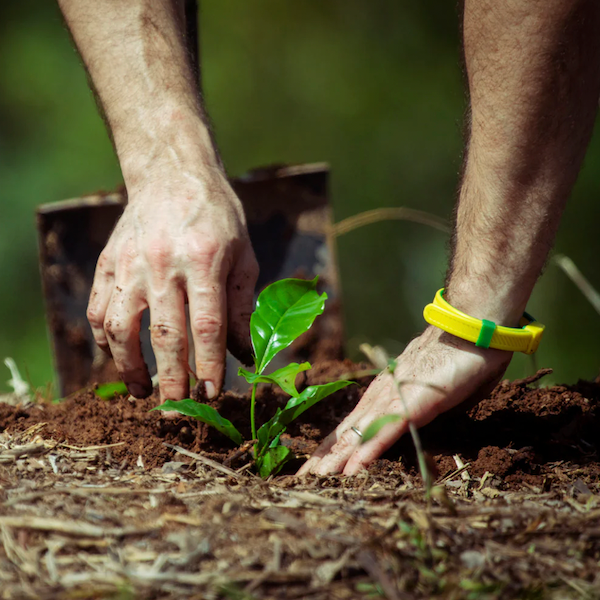
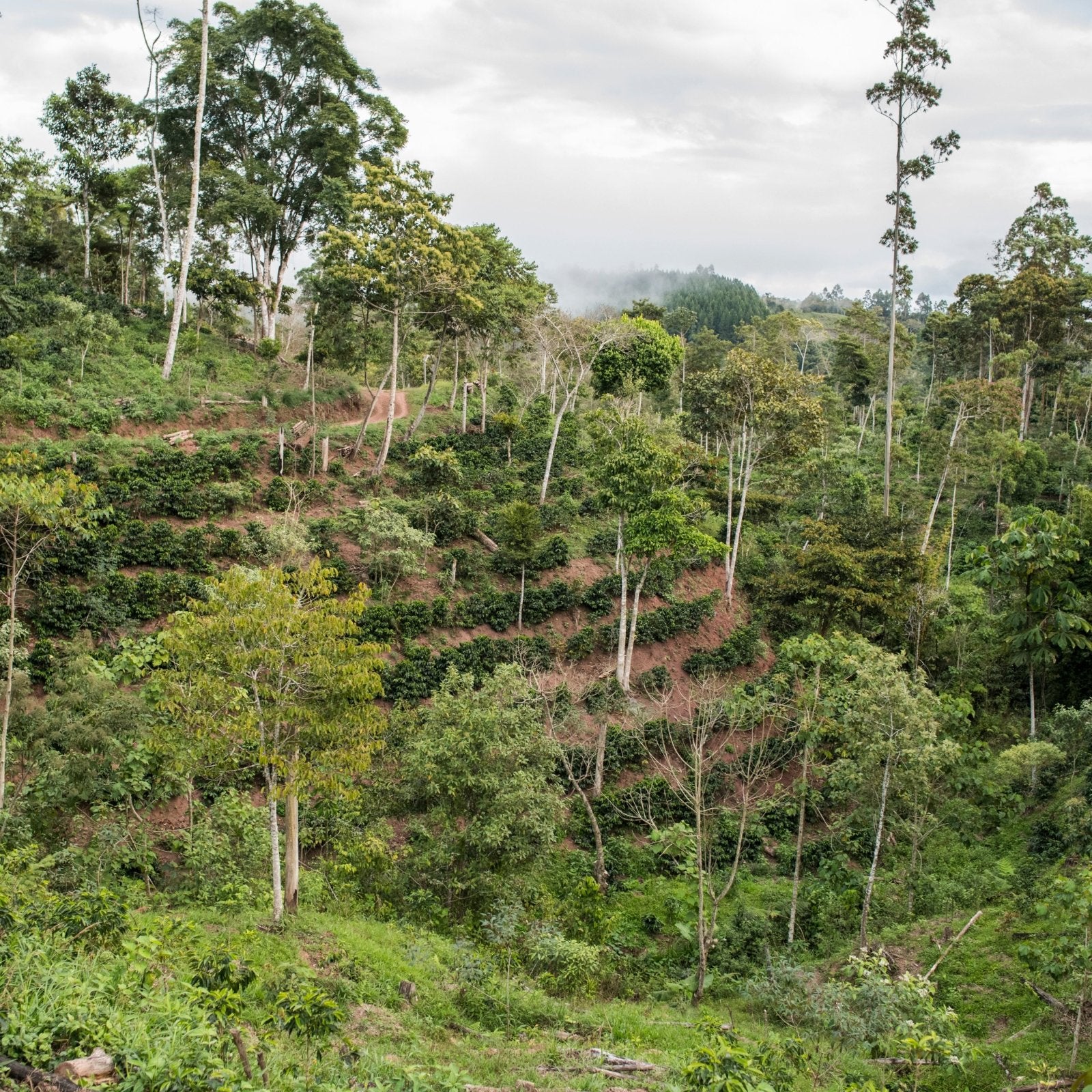
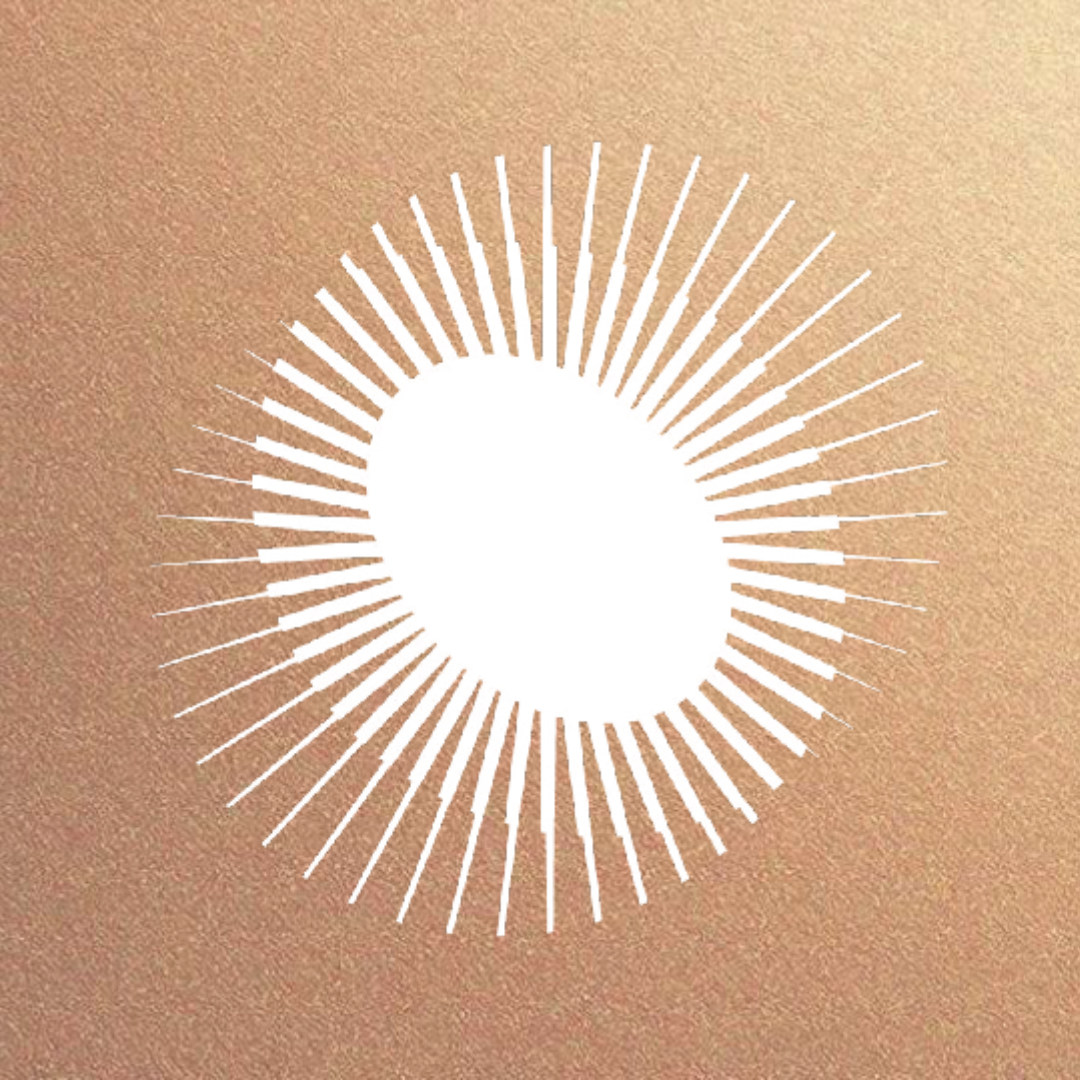
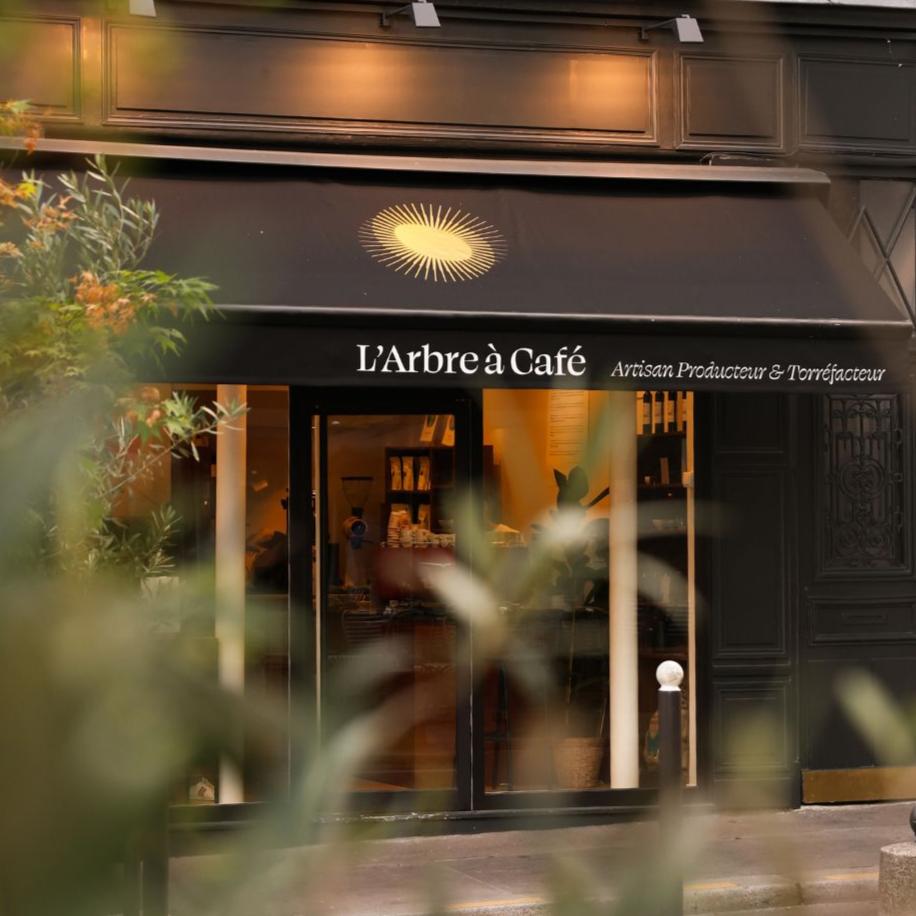
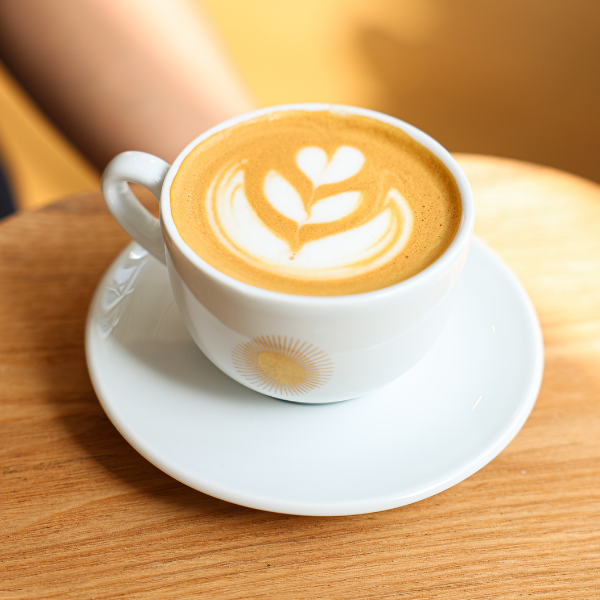
![[Practical Guide] - All about coffee roasting - L'Arbre à Café](http://www.larbreacafe.com/a/l/en/cdn/shop/articles/guide-pratique-tout-savoir-sur-la-torrefaction-du-cafe-229875_1600x.jpg?v=1661882681)
